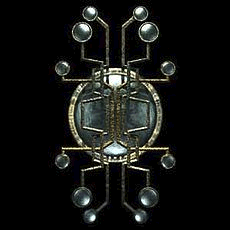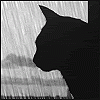LOOT (by WrinklyNinja & Team)
-
Similar Content
-
- 0 replies
- 1,717 views
-
Consistent cliffside cave and cliffside retreat CTD, Load order definitely ****ed even after researching and making as many adjustments I know how to
By sanguine,
- 2 answers
- 2,051 views
-
- 3 replies
- 5,831 views
-
-
Recently Browsing 0 members
- No registered users viewing this page.





Recommended Posts
Create an account or sign in to comment
You need to be a member in order to leave a comment
Create an account
Sign up for a new account in our community. It's easy!
Register a new accountSign in
Already have an account? Sign in here.
Sign In Now